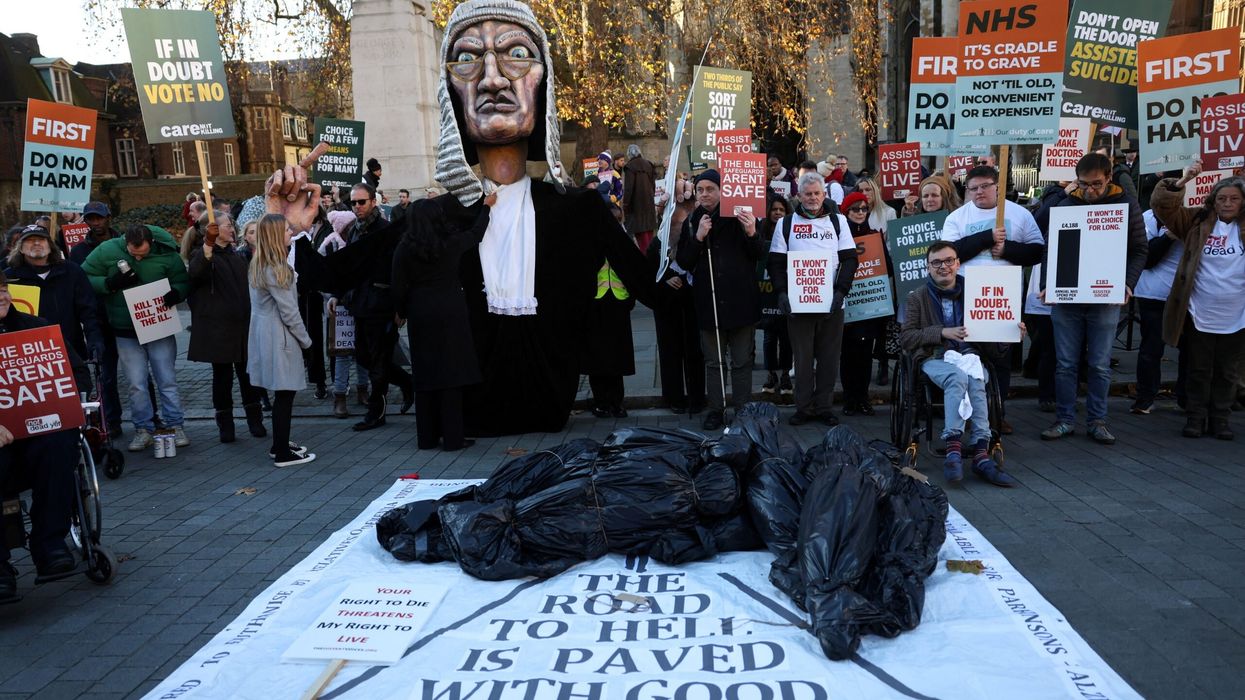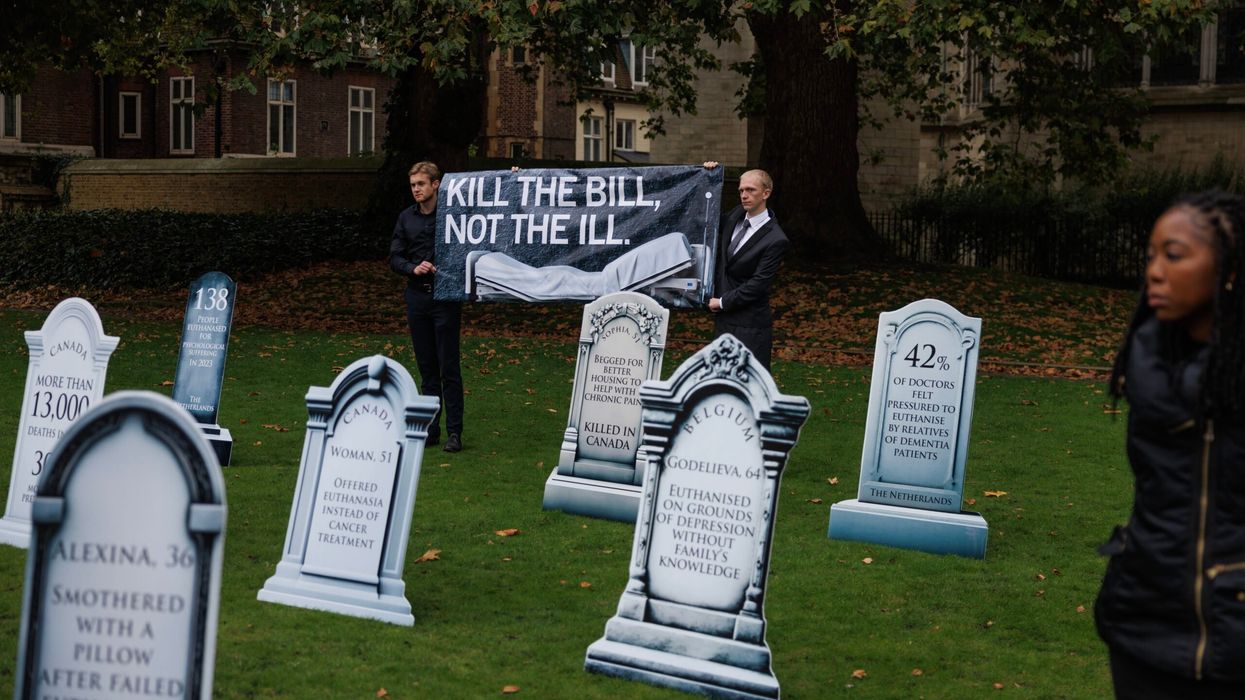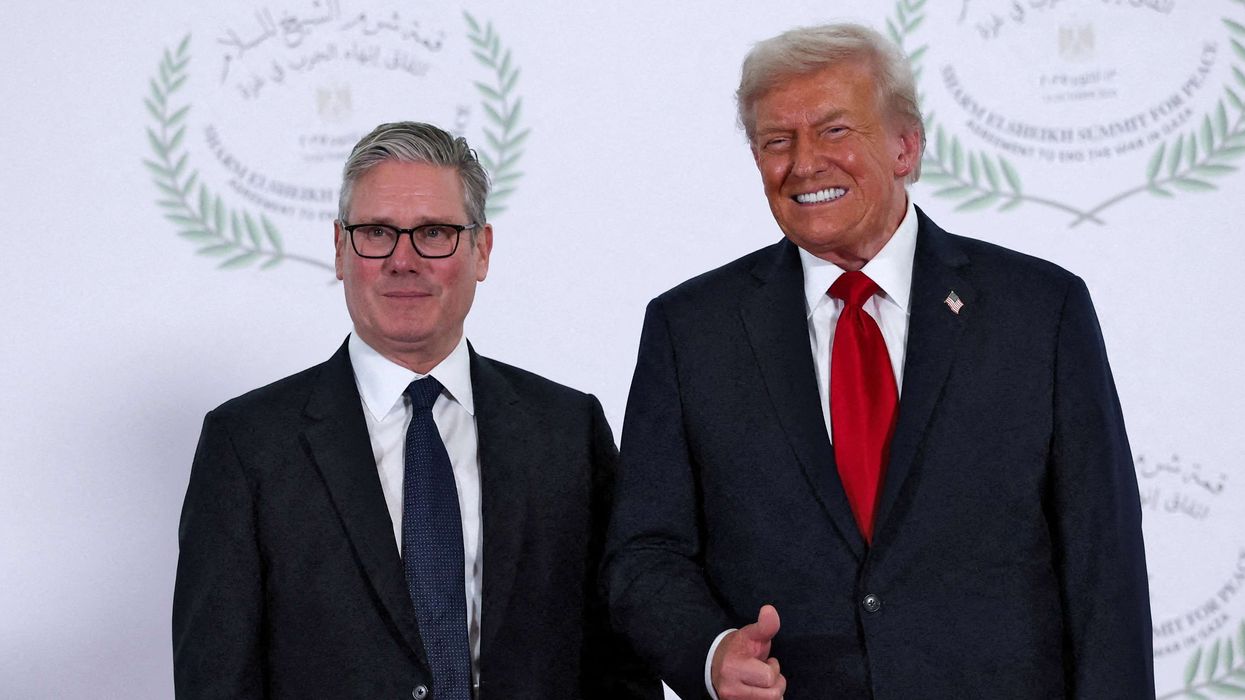by Amit Roy
THERE is a new place in town to drop in for a drink after work – the “Senate Room” at the Royal Academy of Arts, a unique organisation which is celebrating its 250th anniversary this year. It’s great this will stay open until 10pm.
The expanded Royal Academy, “designed by internationally-acclaimed architect Sir David Chipperfield”, is truly a place of wonder. The academy considers itself justifiably as “the world’s foremost artist and architect-led institution”.
A £56-million project has joined Burlington House in Piccadilly with a recently acquired mansion, Burlington Gardens, in Mayfair, with a linking vault and bridge.
As a condition of receiving £12.7m from the National Lottery, which supports good causes, the Royal Academy has pledged to be “more diverse” in future – at present Sir Anish Kapoor is one of its very few Indian origin academicians.
Part of the new building, with artworks brought out of storage, will be open to the public free of charge. After the formal opening of its new home, the academy’s president, Christopher Le Brun, assured me that the organisation was anxious to reach out to all sections of the community, including British Asians.
“The experience of the last few years would suggest the imminence of a golden age for the Royal Academy,” Le Brun said.
“Ultimately it will be for the public to judge, but I am confident that they are about to experience a new, open and re-invigorated Academy that matches our vision and will sustain our continuing contribution to the world of art and architecture for the next 250 years.”
Which means British Asians should not be intimidated from visiting the Royal Academy, which will soon hold its Summer Exhibition.
I think Le Brun means it because when I mention our Arts Culture Theatre Awards (ACTA), he suggests that Eastern Eye should hold such functions at the Royal Academy.












